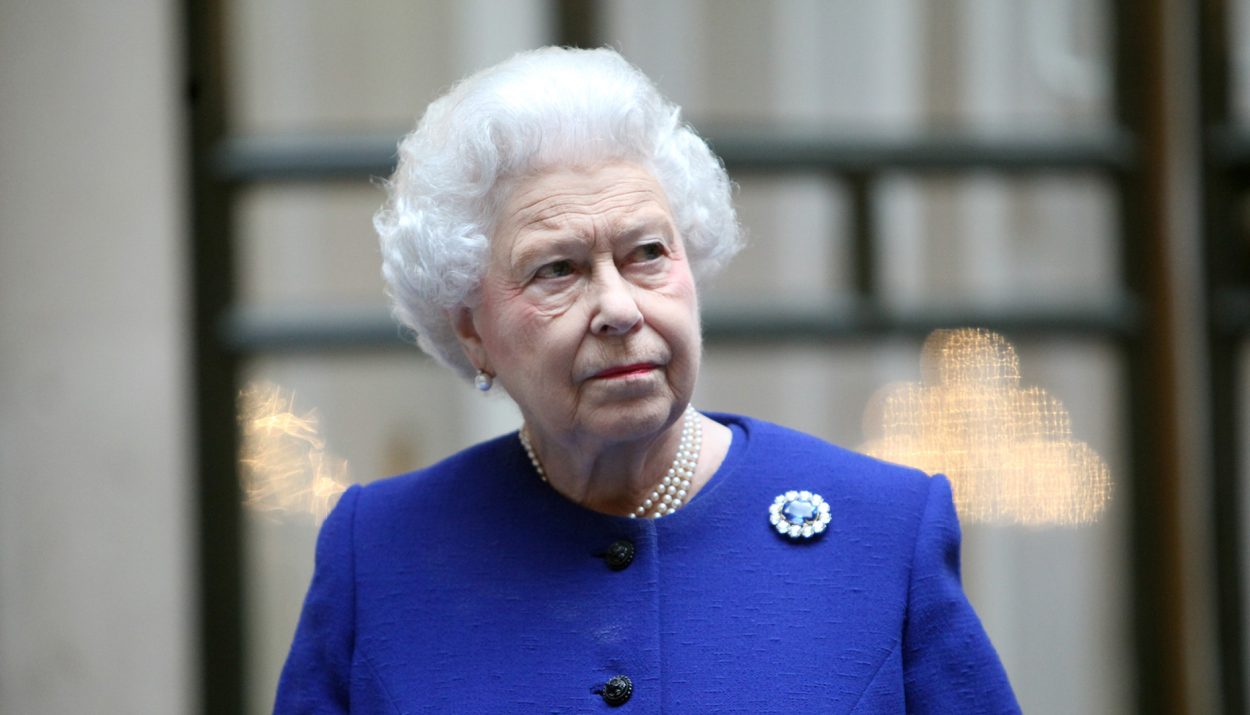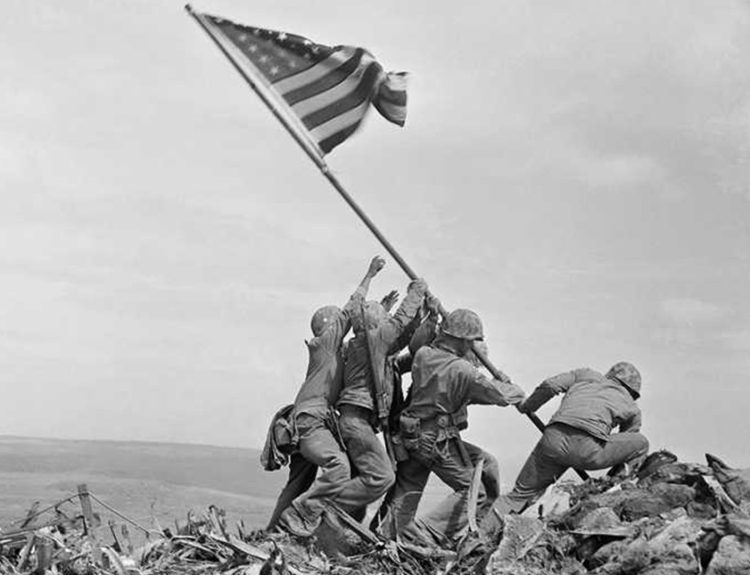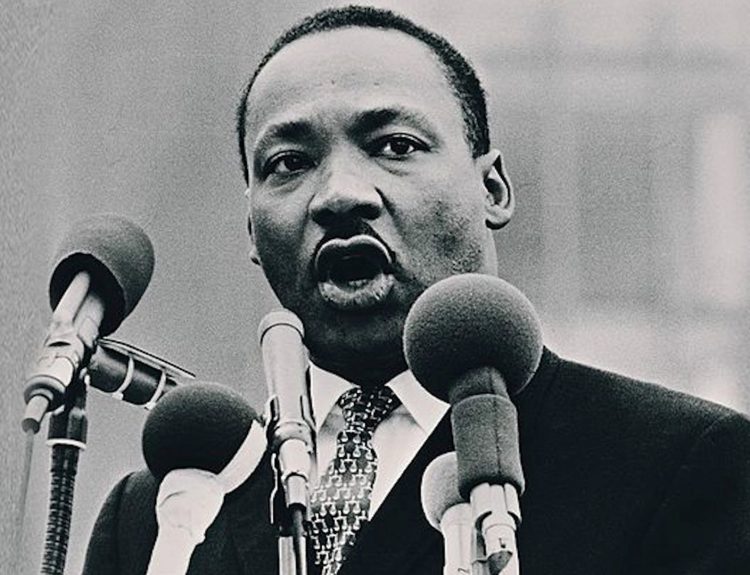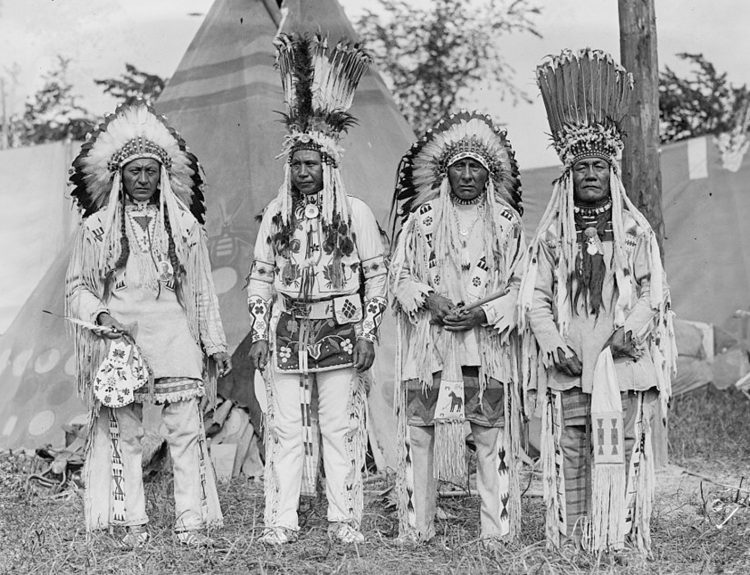Are you ready to march through history and stand shoulder to shoulder with the greatest military minds the world has ever seen? From the Revolutionary tactics of George Washington to the slapping innovations of General Patton, history is littered with generals whose brilliance on the battlefield has become the stuff of legend. These are the men and women who saw not just the fight in front of them, but the grand strategy that would lead their nations to victory or defeat.
In this quiz, we’ll explore the tactics, triumphs, and sometimes tragedies of America’s most iconic generals. Whether you’re a seasoned historian or just someone who appreciates a good battle story, this quiz will test your knowledge of the military leaders who shaped our world with their courage, intelligence, and will to win. Ready your wits and prepare to charge into the fray with this new history quiz!
1. In 1917 the British royal family changed its name to Windsor because their old name…
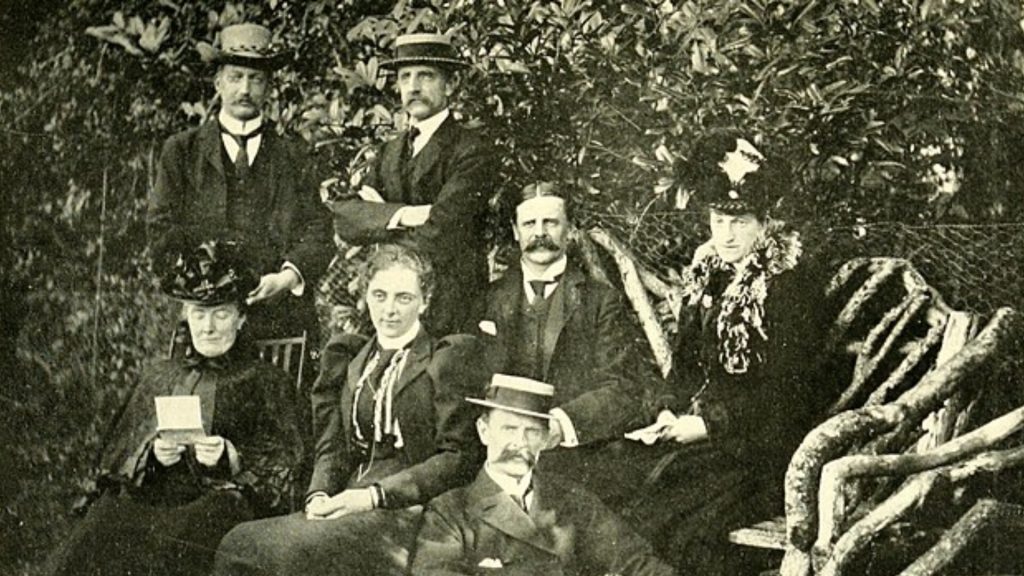
A. sounded too German
B. took too long to say
C. was adopted by a different royal family
D. was being used as a slur
Answer: A. sounded too German
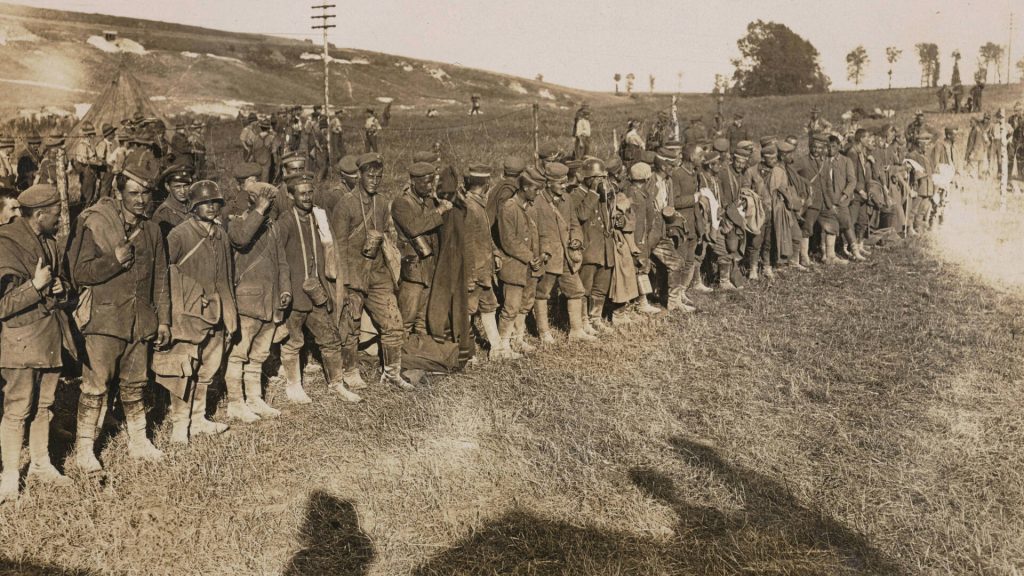
Insight: Fueled by the animosity of World War I, the British Royal Family shed its German roots. In 1917, King George V, who reigned under the House of Saxe-Coburg-Gotha, made a decisive change. To distance the monarchy from its German heritage, the family adopted the name Windsor, a symbol of their enduring British identity.
2. After King Charles III, Prince William is next in line for the British throne. Who is after him?

A. Princess Charlotte
B. Prince George
C. Prince Harry
D. Prince Andrew
Answer: B. Prince George

Insight: Destined for the throne, Prince George holds the unique position of being the firstborn child of the heir apparent, Prince William. This places him directly in line to inherit the British crown after his father ascends to the monarchy.
3. The only British king to willingly abdicate, Edward VIII, left the throne because…
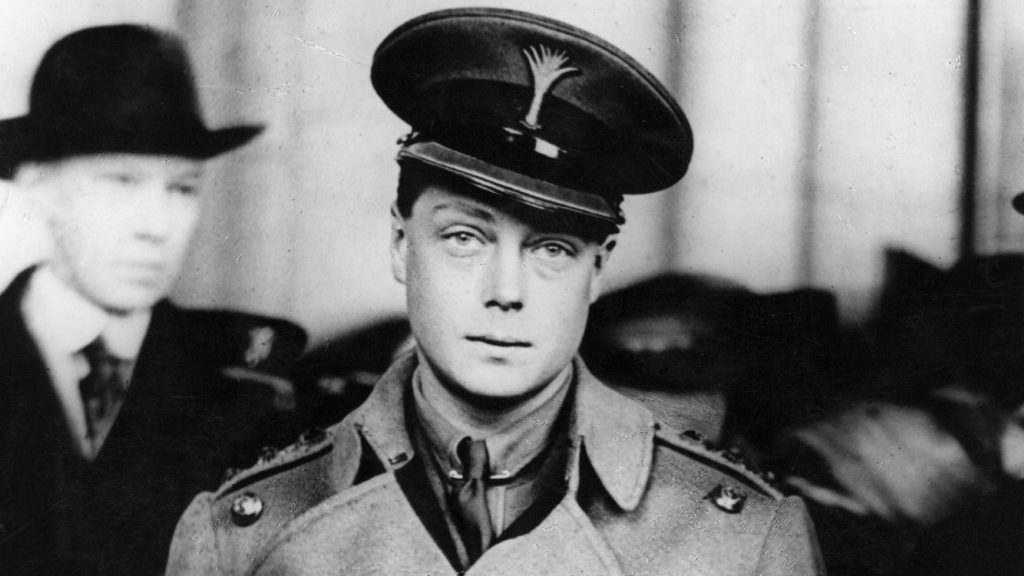
A. he fought a disastrous battle
B. he wanted to marry a divorcée
C. he was caught embezzling money
D. he hated the extravagant lifestyle
Answer: B. He wanted to marry a divorcée

Insight: King Edward VIII’s reign was cut short by a scandal that rocked the British establishment. His heart belonged to Wallis Simpson, an American socialite twice divorced. This unsuitable match, frowned upon by the elite, forced Edward to make a choice: remain king and uphold tradition, or abdicate for love. He ultimately chose the latter, paving the way for his younger brother to ascend the throne and usher in the era of Queen Elizabeth II.
4. Before marrying Prince Charles in 1981, Lady Diana Spencer had what job?
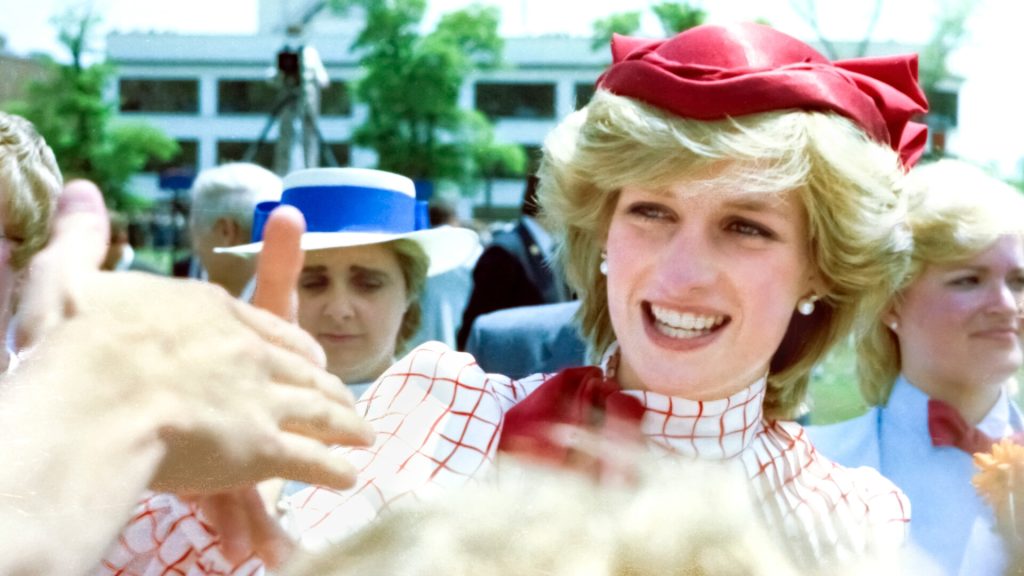
A. business CEO
B. flight attendant
C. fashion model
D. preschool assistant
Answer: D. preschool assistant

Insight: Prior to her royal life, Lady Diana spent time nurturing young minds. She wasn’t royalty then, but a caregiver at a trendy Pimlico preschool, working with playful youngsters. This experience likely instilled in her a love for children that would stay with her throughout her life.
5. British monarchs have frequently celebrated what occasion two different times a year?
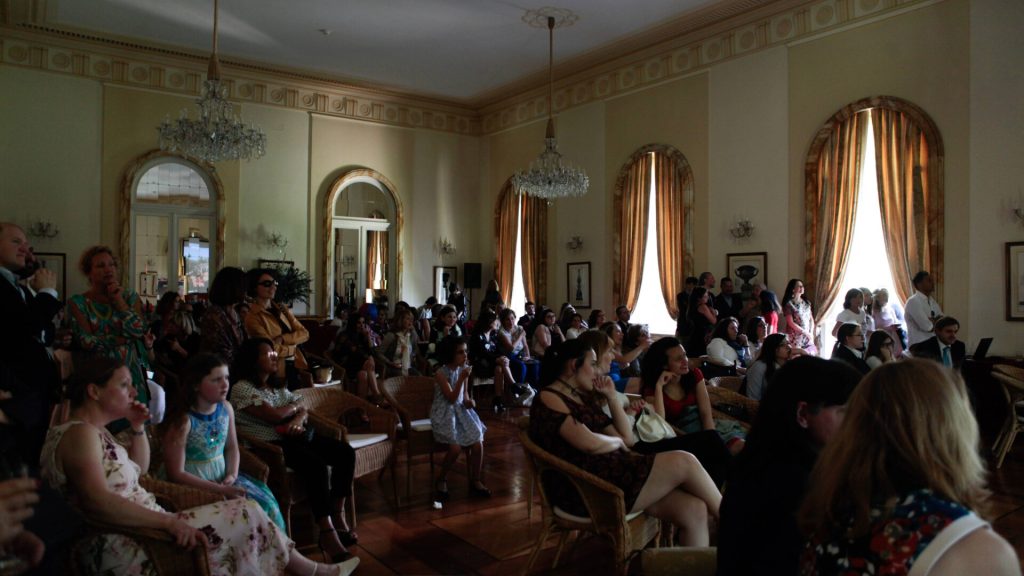
A. their birthday
B. Christmas
C. New Year’s Day
D. Easter
Answer: A. their birthday
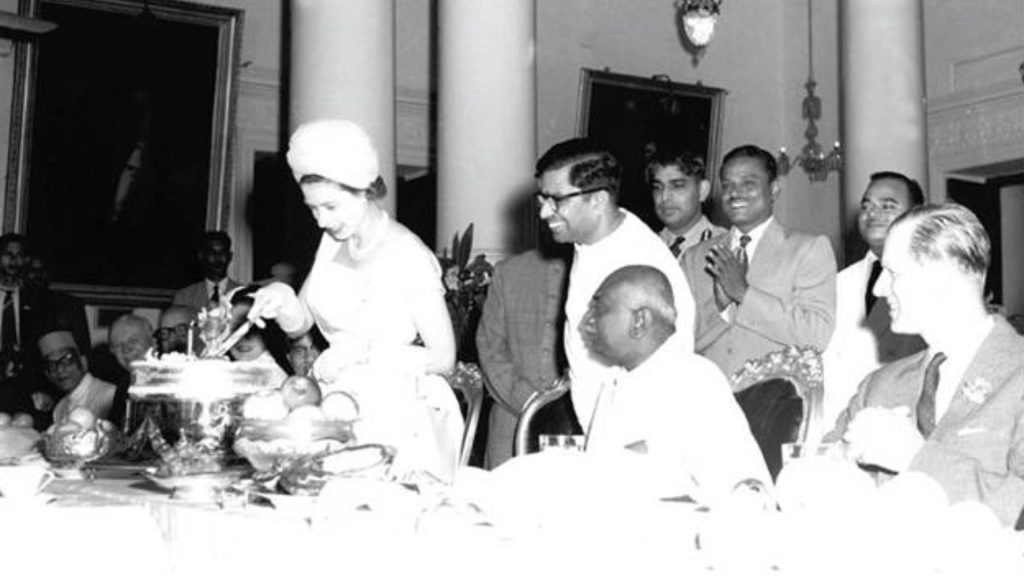
Insight: King George II didn’t like celebrating his birthday in November because it was cold. So he changed it to the second Sunday of June, which is warmer, and made it a bigger celebration by combining it with a military parade. This tradition of having a separate, warmer birthday celebration has been followed by other monarchs since then.
6. The male heir to the British throne is traditionally given what title?
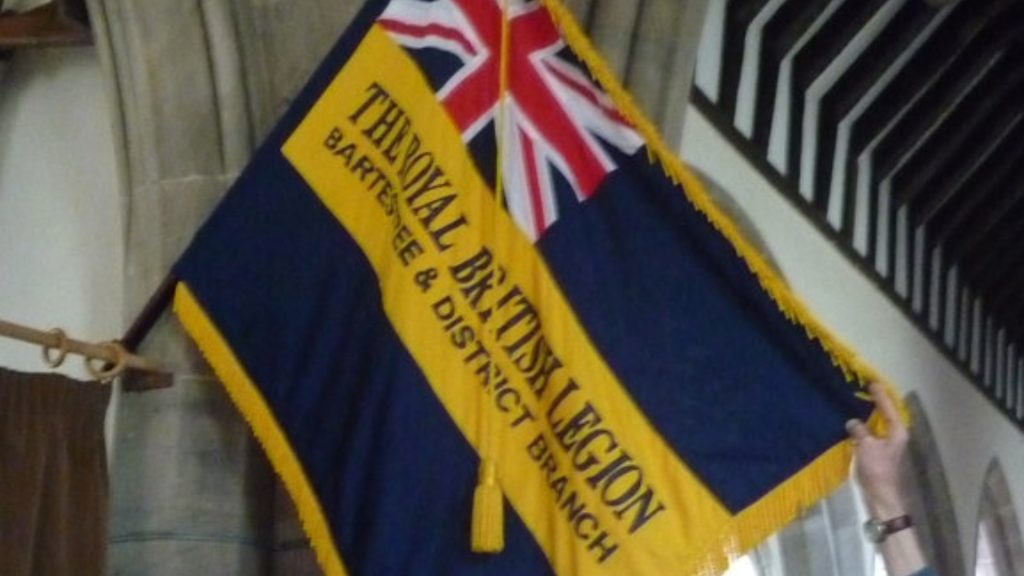
A. prince of York
B. prince of Sussex
C. prince of Wessex
D. prince of Wales
Answer: D. prince of Wales
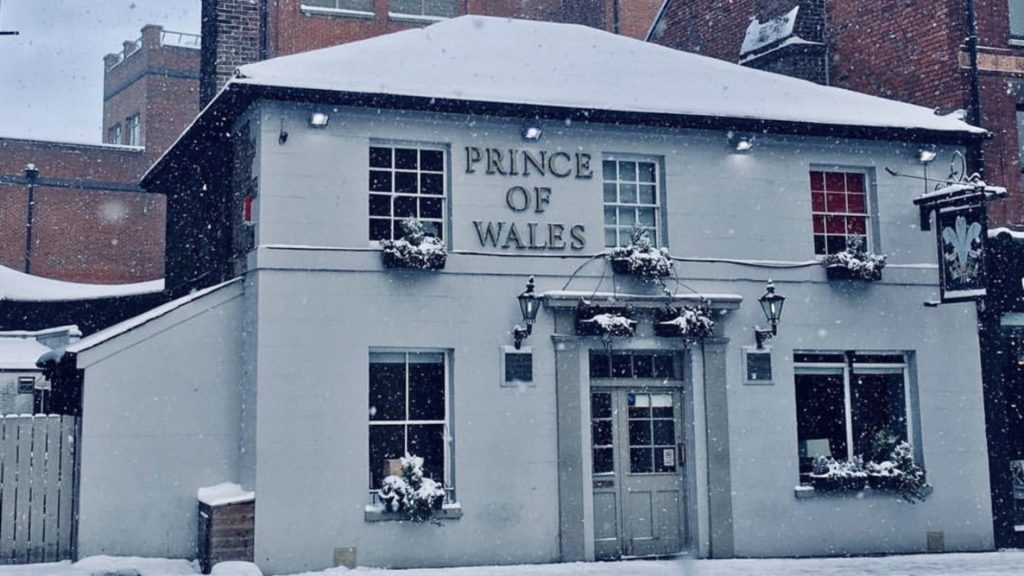
Insight: In 1301, King Edward I of England claimed victory over Wales. Following this conquest, and the execution of the last native Welsh prince, Edward I strategically bestowed the title “Prince of Wales” on his own son, Edward II.
7. Queen Victoria helped popularize what fashion trend?
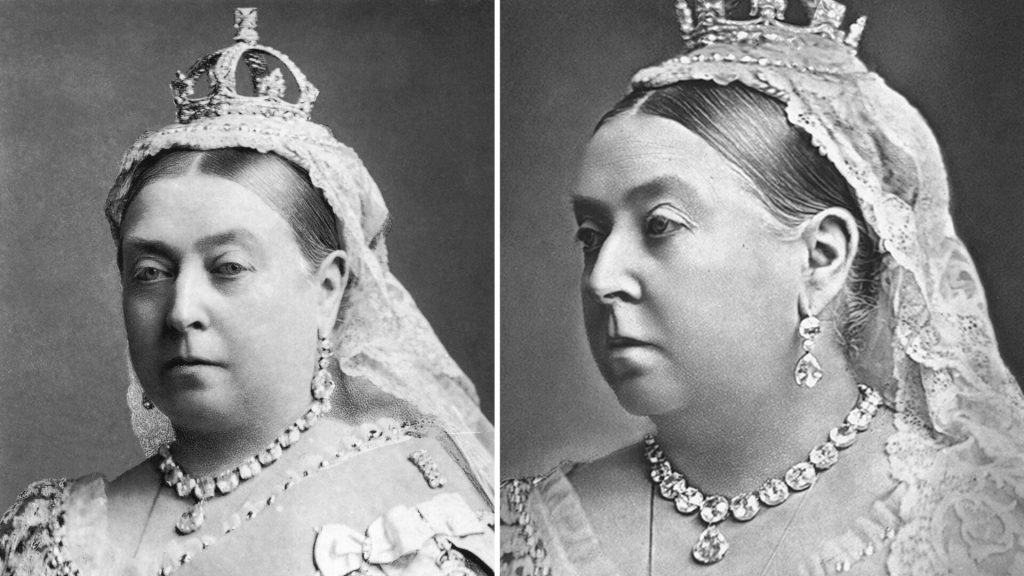
A. wearing pastels at Easter
B. wearing a watch on the nondominant wrist
C. wearing a white dress on one’s wedding day
D. wearing high-heeled shoes
Answer: C. wearing a white dress on one’s wedding day
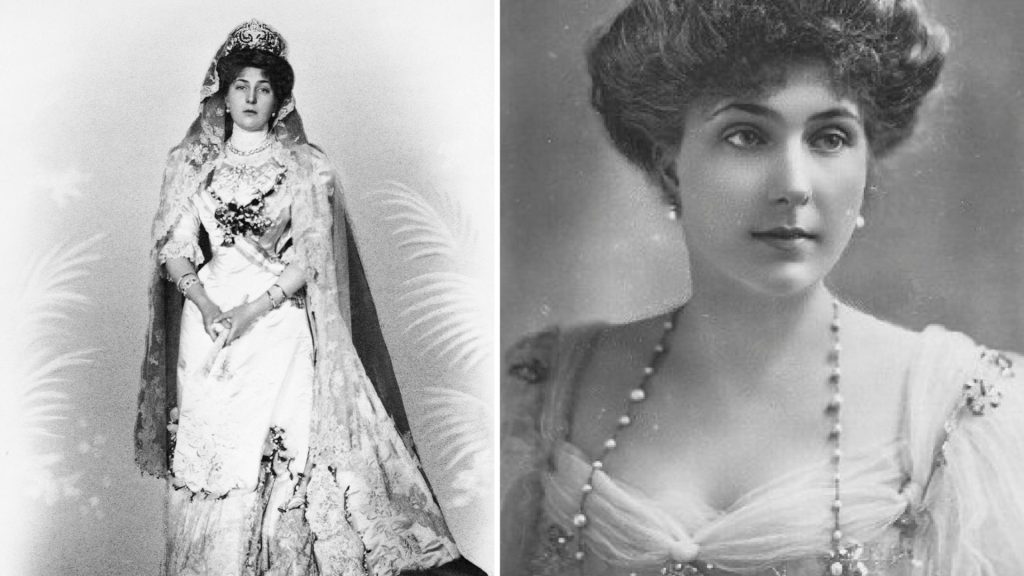
Insight: Unlike modern brides who often dream of a dress specifically for their wedding day, mid-19th century women wore their finest existing gown or purchased a practical dress they could wear again. This trend shifted dramatically after Queen Victoria’s widely publicized wedding in a white lace gown. Inspired by royalty, and with growing economic prosperity making such garments more affordable, brides of all social classes began to embrace the idea of a wedding dress specifically designed for the occasion.
8. The reigning British monarch does not need a passport to travel overseas.

A. True
B. False
Answer: A. True

Insight: The reigning British monarch is not required to possess a passport for overseas travel. This unique privilege stems from the fact that British passports, along with driver’s licenses, are issued in the name of His or Her Majesty. Therefore, as the ruling monarch’s authority is symbolically represented on all official documents, they are exempt from the need to obtain a passport for personal travel abroad.
9. Members of what religion are expressly forbidden from becoming monarch of Britain?
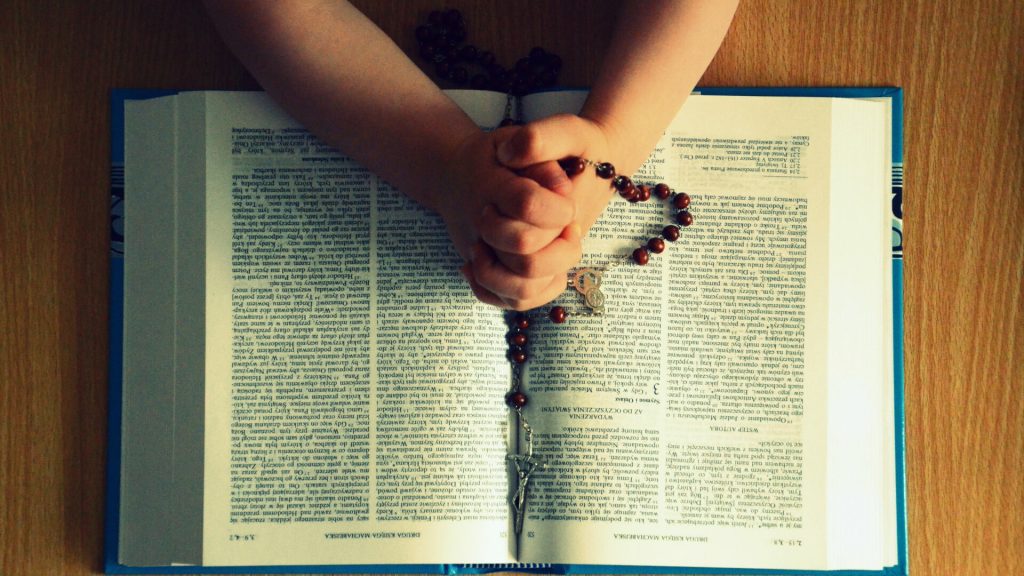
A. Catholicism
B. Judaism
C. Islam
D. Buddhism
Answer: D. Catholicism
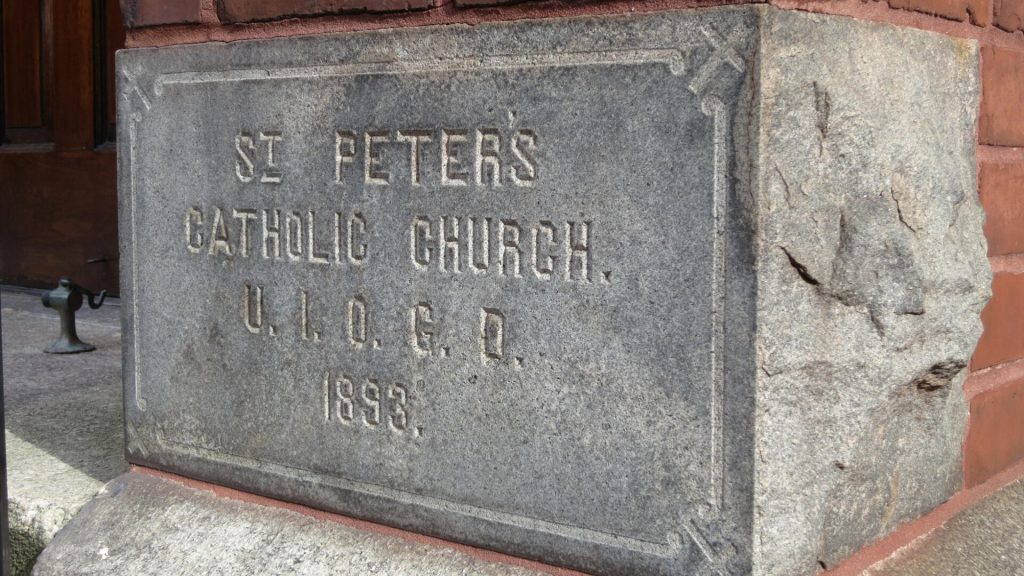
Insight: After the overthrow of King James II, a Catholic monarch, in 1689, the English Parliament took steps to prevent future Catholic rule. They established a law barring Catholics from inheriting the throne. This law, known as the Act of Settlement, remains in effect to this day.
10. In Britain, which of these animals are by default owned by the monarch?
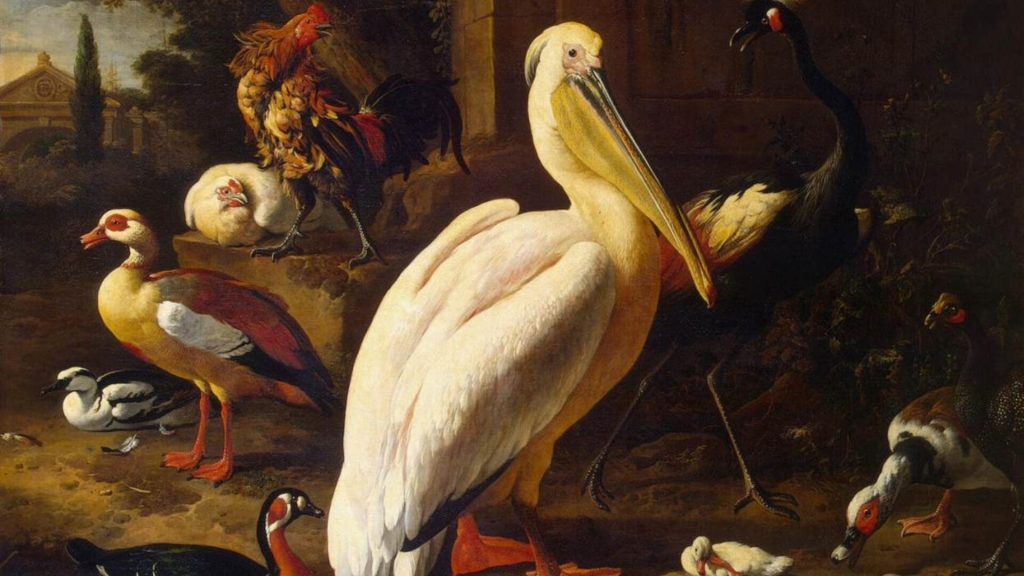
A. swans
B. frogs
C. foxes
D. corgis
Answer: A. swans

Insight: Prior to the 16th century, mute swans held a dual prestige in England: a symbol of affluence and a rare culinary indulgence. This all changed with Queen Elizabeth I’s reign. In a move solidifying their esteemed status, the queen declared ownership of all unmarked mute swans in the country.
11. Which of these objects is included in the crown jewels used in the coronation of British monarchs?

A. needle
B. spoon
C. scissors
D. hammer
Answer: B. spoon
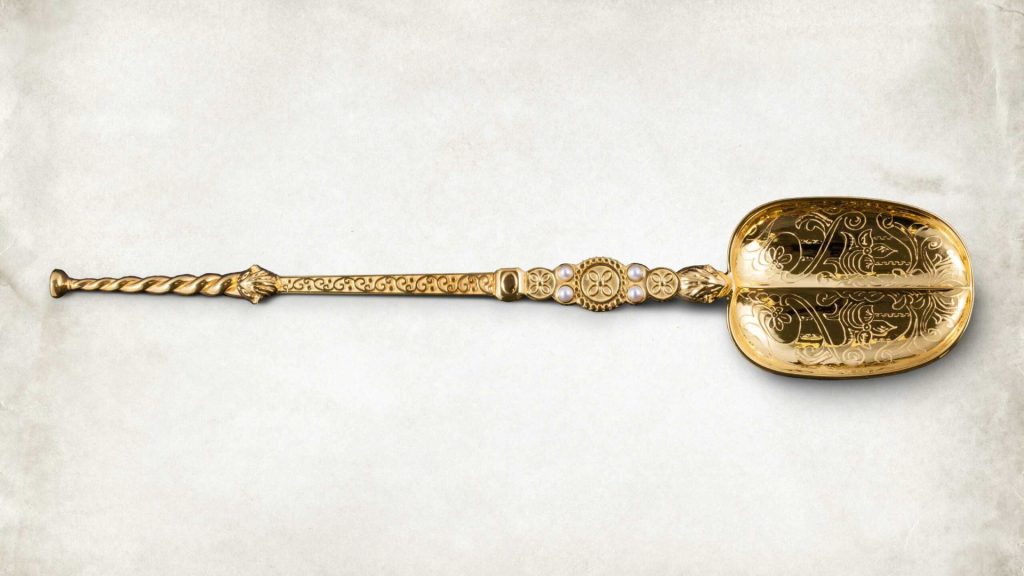
Insight: Though most of the original crown jewels met an unfortunate demise during the 17th century’s overthrow of the monarchy, one treasure miraculously survived: the Coronation Spoon. This very spoon, imbued with history, is still used today to anoint new monarchs with holy oil, making it the sole remaining link to the crown jewels’ earliest collection.
12. Why did King Henry VIII start the Church of England?
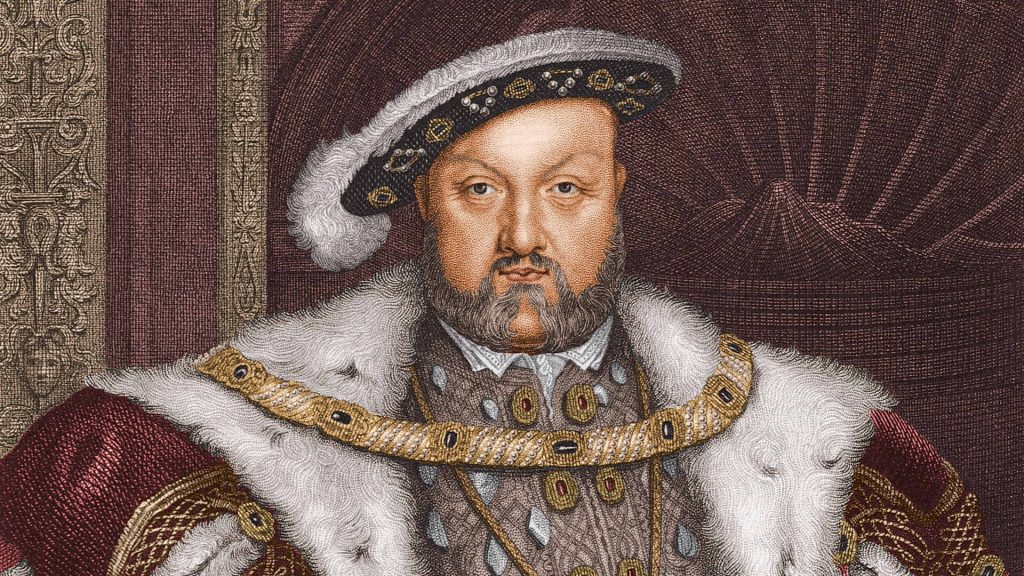
A. to raise money
B. to leave his wife
C. he considered Catholicism too lax
D. to make his mother a saint
Answer: B. to leave his wife
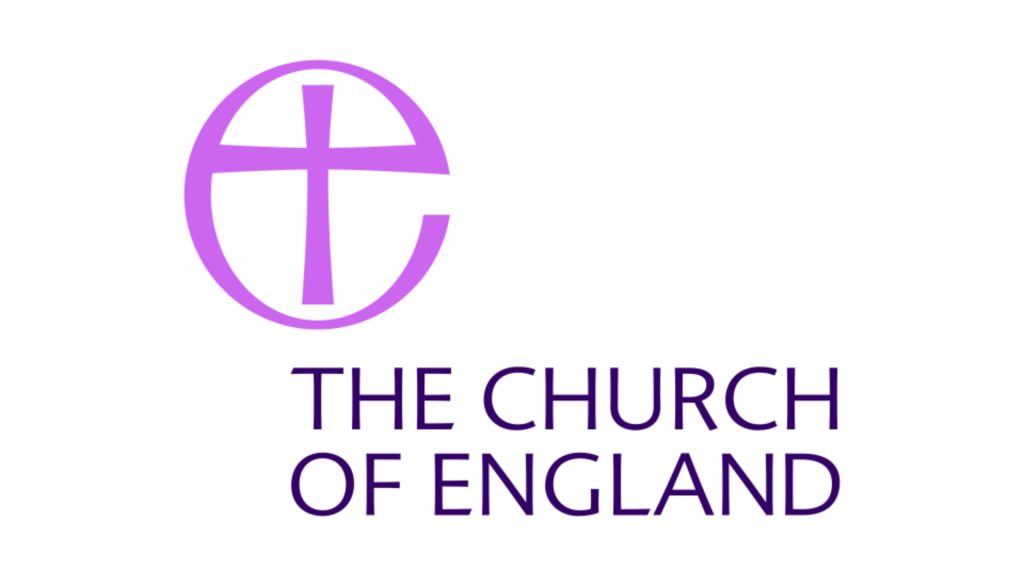
Insight: Desiring a male heir to secure his dynasty, King Henry VIII sought an annulment of his marriage to Catherine of Aragon. However, the Pope refused, sparking a power struggle. In defiance, Henry VIII severed ties with the Catholic Church, establishing the Church of England with himself as its head. This dramatic shift continues to this day, as the British monarch remains the supreme leader of the Church of England.
13. What British monarch suffered bouts of madness during the turn of the 19th century?
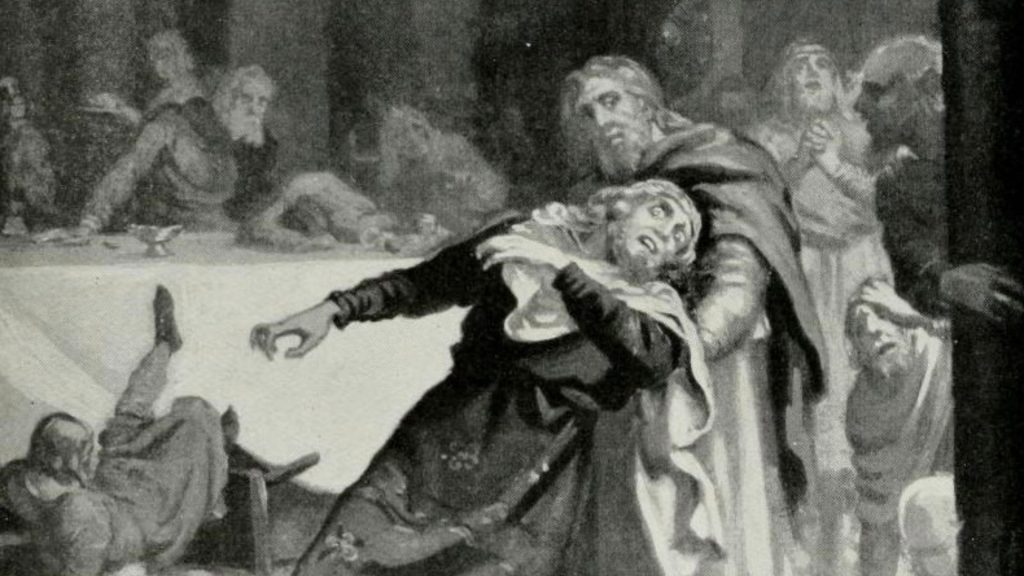
A. George III
B. Richard the Lionhearted
C. Richard III
D. William the Conqueror
Answer: A. George III
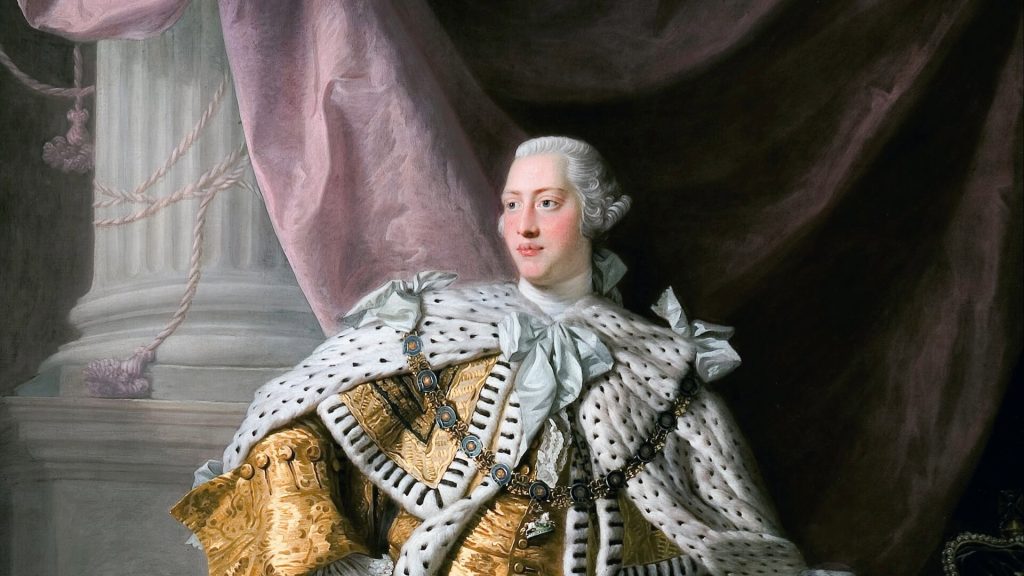
Insight: Throughout his reign, King George III grappled with significant challenges, both personal and political. Family troubles weighed heavily on him, and the loss of the American colonies dealt a major blow. These pressures manifested in periods of mental illness that eventually became a permanent condition.
14. The Lancaster and York branches of the royal family battled for control of the throne during what decades-long conflict?
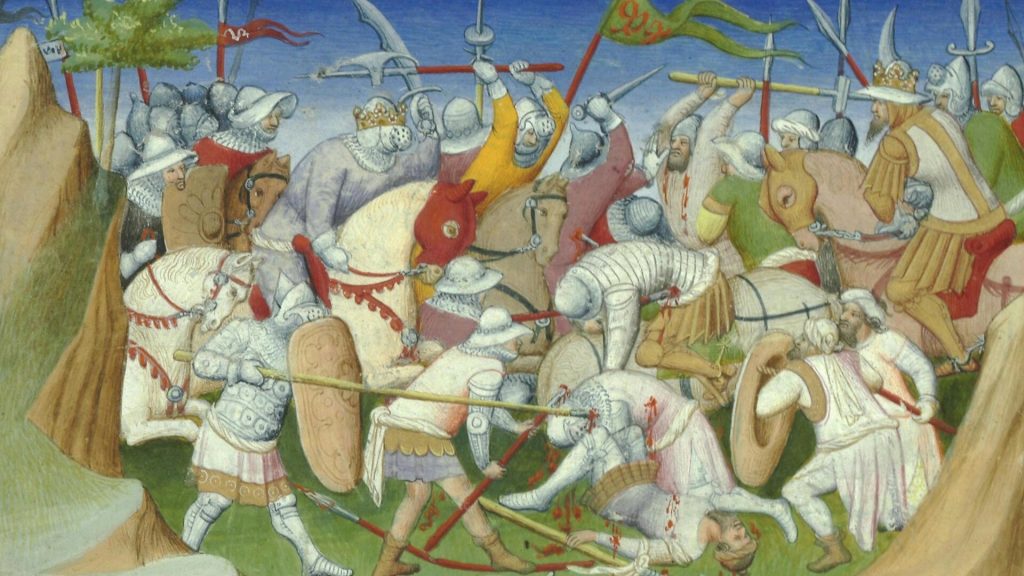
A. Hundred Years’ War
B. Queen Anne’s War
C. English Civil Wars
D. Wars of the Roses
Answer: D. Wars of the Roses
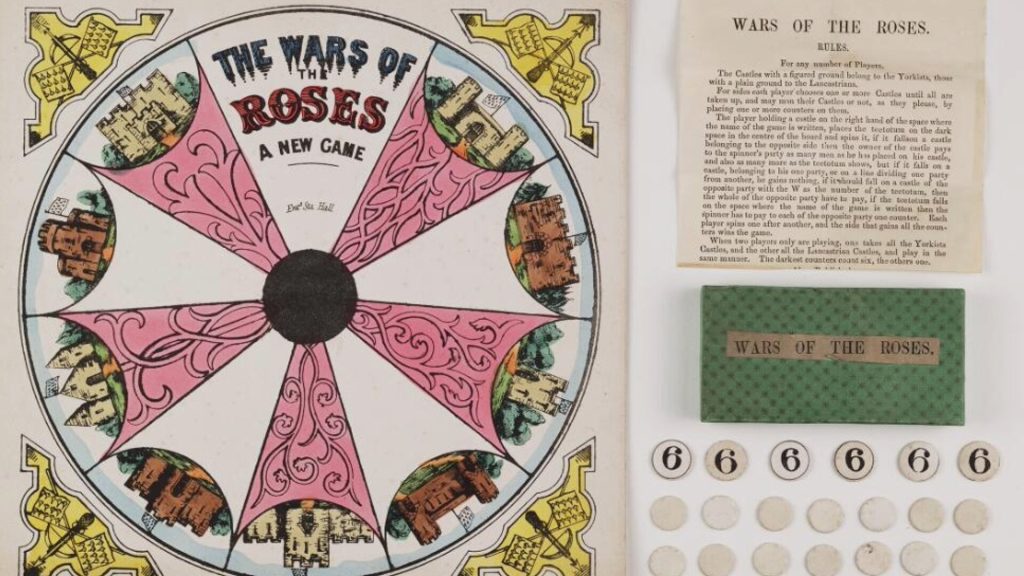
Insight: The white rose and red rose weren’t just emblems of beauty in 15th century England. These heraldic symbols belonged to the warring houses of York and Lancaster, whose bloody struggle for the throne became known as the Wars of the Roses. Centuries later, these historical clashes inspired author George R.R. Martin’s epic fantasy series “A Song of Ice and Fire,” which itself birthed the wildly popular television series, “Game of Thrones.”
15. In 1923 the future Queen Consort Elizabeth began the tradition of doing what with her wedding bouquet?

A. selling it and donating the money to charity
B. planting it in the royal gardens
C. using it to decorate the wedding cake
D. leaving it on the grave of the Unknown Warrior
Answer: D. leaving it on the grave of the Unknown Warrior
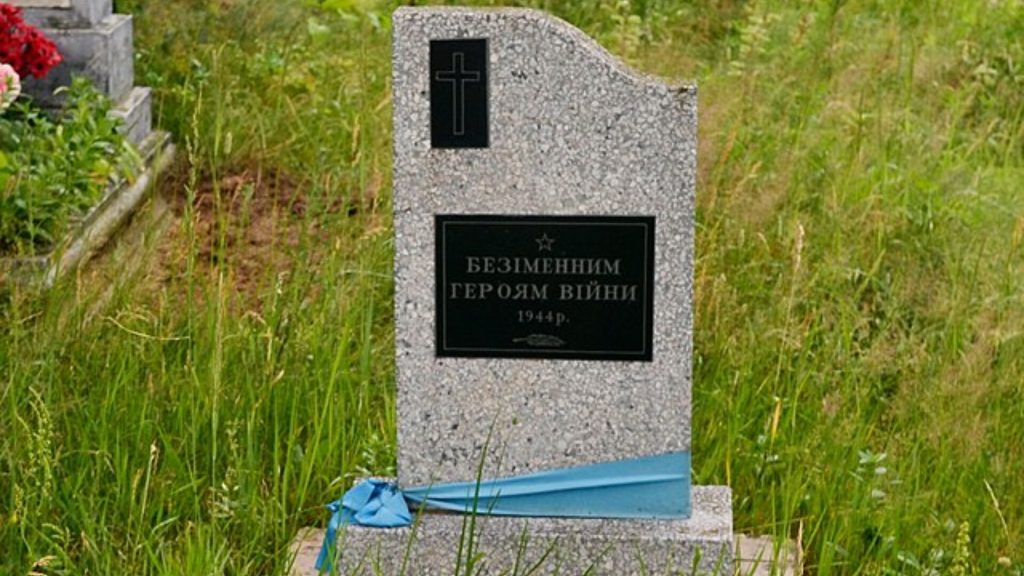
Insight: Like the United States, Britain also honors its unidentified fallen soldiers of World War I. Their Grave of the Unknown Warrior serves as a poignant memorial, echoing the Tomb of the Unknown Soldier across the Atlantic. This shared sacrifice is particularly close to the heart of Queen Elizabeth II, whose brother, Fergus Bowes-Lyon, perished in 1915 during the Battle of Loos.

